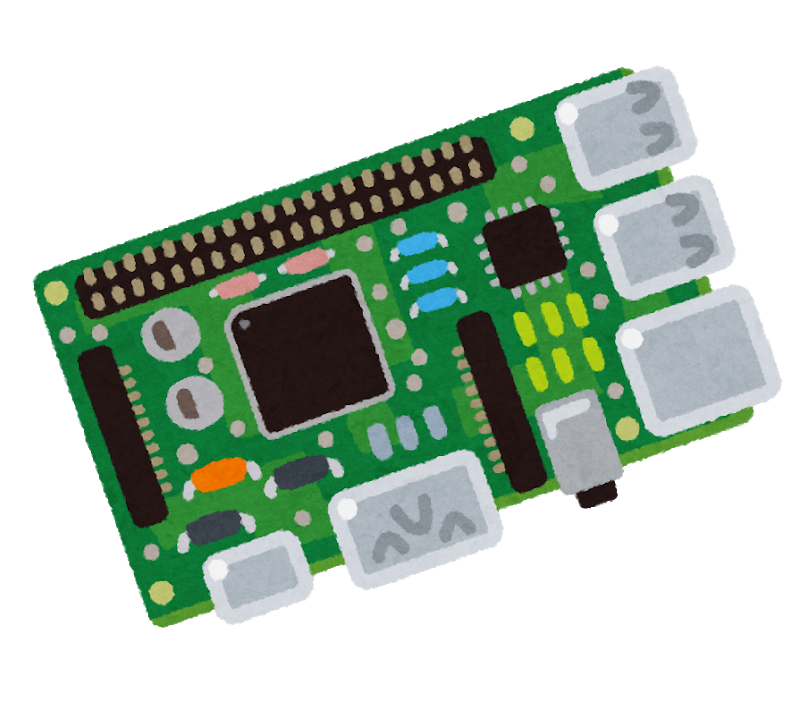Yeah I’ve been getting deprecation warnings about that every time I start ./the-beach
It still has a runtime dependency on AMOC
- 13 Posts
- 230 Comments
AMOC doing some heavy lifiting
https://en.wikipedia.org/wiki/Atlantic_meridional_overturning_circulation

 3·2 months ago
3·2 months agoPostmarketOS allows you to use upstream Linux

 21·2 months ago
21·2 months agoOld PCs are plenty powerful and compatible with everything, but if energy consumption is a major concern, an old phone can work too.
You are 100% right that Android is a very weird Linux and Termux is limited.
PostmarketOS is a project that enables installation of a full upstream Linux onto old phones. Then you can run whatever (ARM-supporting) distro you like on it, without weird kernel limitations.
More likely: SQLite is built to be small, simple and lightweight, not to be super highly concurrent.
If this situation happens rarely, just make sure you have a retry on the query. If it happens often, switch to postgres.

 1·2 months ago
1·2 months agoYou probably have your network locked down much better than me. That should work too.
For me, it was easier to set up authelia to limit access. I don’t trust the “authorization” portal in foundry so I set up a real authentication proxy.
As a dev I’ve had experience with the developer culture and norms in different languages, and NodeJS stands out to me for invoking (other NodeJS) dependencies for even the smallest things.
Left-pad is the best illustration of this dependency culture. This also means vulnerabilities spread across the entire npm landscape instantly, since everything depends on almost everything else.

 2·2 months ago
2·2 months agoI’m hosting foundryvtt on a k8s cluster. I’m using Authelia+lldap to have only authenticated users passed on to that behemoth of a NodeJS app that is undoubtedly full of vulnerabilities.
I have Authelia set up to enforce 2FA for any request outside my users’ home networks. Or so I thought, but one of my players kept getting asked to 2FA.
Turns out I forgot about IPv6. He connects over IPv6 by default.

 74·3 months ago
74·3 months agoWTF? Are your speeding cameras set so lenient to allow 15 mph (23 km/h) over the limit?
Nullable:
Type?meansTypeornull
Wow, amazing!
You’re not advertising 196.x.x.x routes to your tailnet?

 3·4 months ago
3·4 months agoThis is just using old laptops as servers with extra steps.
Let me present my self-hosting strategy:
- Buy old laptops for less than €100 a piece, especially if they have good hardware and cracks in the frame, dirty keyboards, etc.
- Put them in a cabinet with power and an old 1Gb ethernet switch
- Install whatever you want on them (in my case a Talos Kubernetes cluster)
Much simpler, and a lot cheaper
I think you are confusing a license to use “enterprise edition” yourself, with a “license to provide the product (as a service) to customers”, as is required under SSPL.
SSPL is not AGPL: you can never be sure you comply with “or make your code available” due to the way this is worded. Please read https://www.ssplisbad.com/ before arguing that it is the same as AGPL.
That’s how they’re trying to sell it. But why did Elastic and Redis drop SSPL if it was so good, and why did OSI not accept it as open source? The answers are here but the TLDR is that SSPL is vague and, as a consequence, makes it risky to provide a service with the product, unless you are large enough to make a big lucrative deal with the owner of the product.
This stifles competition and innovation.
Case in point: Mongo DBAs are nearly non-existent outside California and managed MongoDB is much more expensive than managed PostgreSQL/MariaDB services, because it is only offered by 3 providers.
Saying you are “MongoDB compatible” is IP violation?
Meanwhile they are still actively opposing the creation of an open document database standard, which would make it unnecessary to use their brand name to indicate compatibility.
They also sent Peter a “Cease And Desist” for saying MongoDB is not open source. They themselves retracted the SSPL from the OSI when it became clear it would be rejected because it is not open source.
Wonder how much 💩 is in their heads for not realizing everyone gave up on SSPL, and that Postgres is thriving because of the permissive license: even the tiniest local managed services providers have a Postgresql service, there’s tons of DBA talent available, and due to the competition in managed services, a managed postgres is much cheaper than managed MongoDB.
They’ll keep shooting themselves in the foot until someone else puts a lead shoe on it.
Shoutout to FerretDB doing God’s work.
Putting data from apps that were built for MongoDB into Postgres.
https://github.com/FerretDB/FerretDB
And their lived experience trying to help the MongoDB ecosystem by building an open standard for document databases:
In 2021, we founded FerretDB with a bold vision: to return the document database market to its open source roots by creating the leading open source alternative to MongoDB, built on Postgres.
For years, we tirelessly advocated for an open standard. We built a popular product, collaborated with Microsoft to open source DocumentDB, and held high-level meetings with cloud providers and stakeholders to make the case for a standard that is similar to SQL, but for document databases.
In 2023, a MongoDB VP reached out to me. On a Zoom call, we were threatened with a lawsuit for building a compatible product. Being called a thief by a leader of a (then) $35B company was a moment of stark clarity on MongoDB’s opinion about our work and the need for a standard. At the end of that call, I told them the industry would inevitably come together to create the open standard they refused to provide.
Their response? “They would never do that. They are our trusted partners.”
Today, the market has spoken. The Linux Foundation has announced the adoption of the DocumentDB project [1] to create an open standard with MongoDB compatibility, the exact thing we were sued for earlier this year. [2]
This is a monumental win for developers and enterprises everywhere. It validates the years of work we’ve poured into this mission.
It is also telling that MongoDB’s SSPL license has been abandoned by Elastic or Redis, the two prominent companies who were initially in favor of MongoDB’s attempt to redefine open source. All clear signs that MongoDB’s behavior is not appreciated by developers. […]














… almost 15 years ago